ARTH 17th century Italy PART III: The Counter-Reformation Other churches in Rome
1/8
There's no tags or description
Looks like no tags are added yet.
Name | Mastery | Learn | Test | Matching | Spaced |
|---|
No study sessions yet.
9 Terms
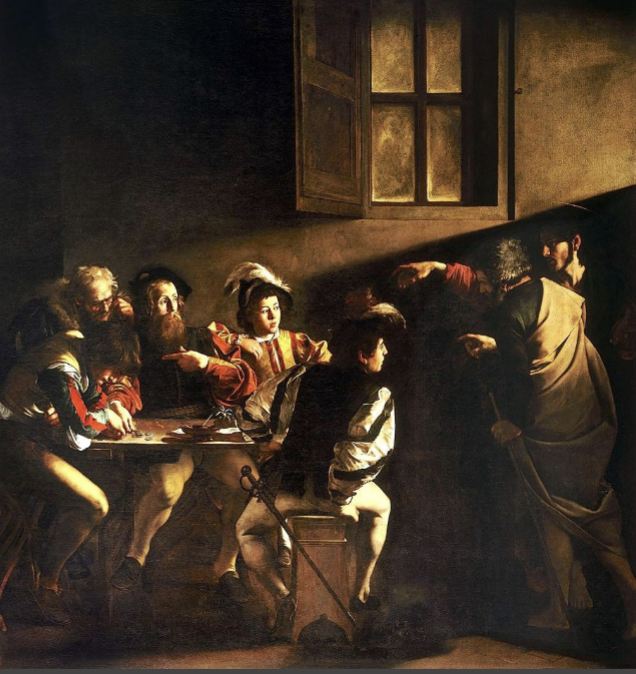
Caravaggio, The Calling of St. Matthew, 1599–1600. Contarelli Chapel, San Luigi dei Francesi
example of counter-reformation art in other churches in Rome. Painted by Caravaggio for the church for Rome’s French community. Caravaggio’s style of contrasting lights and darks works with the message of the scene. Conversion, or the acceptance of the doctrines of the Church, was a common theme of Counter-Reformation art. scene from before St. Mathew started following Christ. Mathew is being called by Christ and conveys the idea of conversion. Caravaggio uses light to lead our eyes from Christ to Mathew
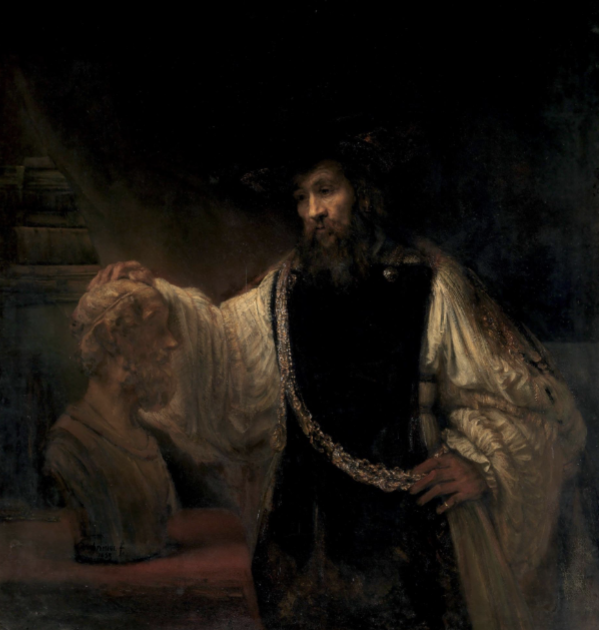
Rembrandt van Rijn (Dutch), Aristotle with a Bust of Homer, 1653
example of counter-reformation art in other churches in Rome. Light can be used to convey meaning: The light along the top of Aristotle’s arm highlights the connection he feels with the poet Homer
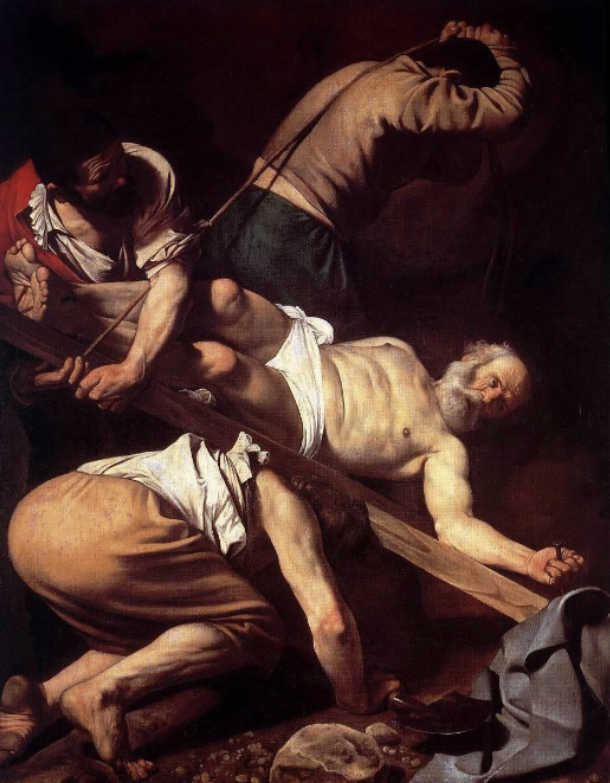
Caravaggio, Crucifixion of St. Peter, Cerasi Chapel, Santa Maria del Popolo, Rome, c. 1601. Oil on canvas
example of counter-reformation art in other churches in Rome. Saint Peter was Crucified upside down. Caravaggio used a lot of everyday people in his painting (epically religious painting) which a lot of people objected to.
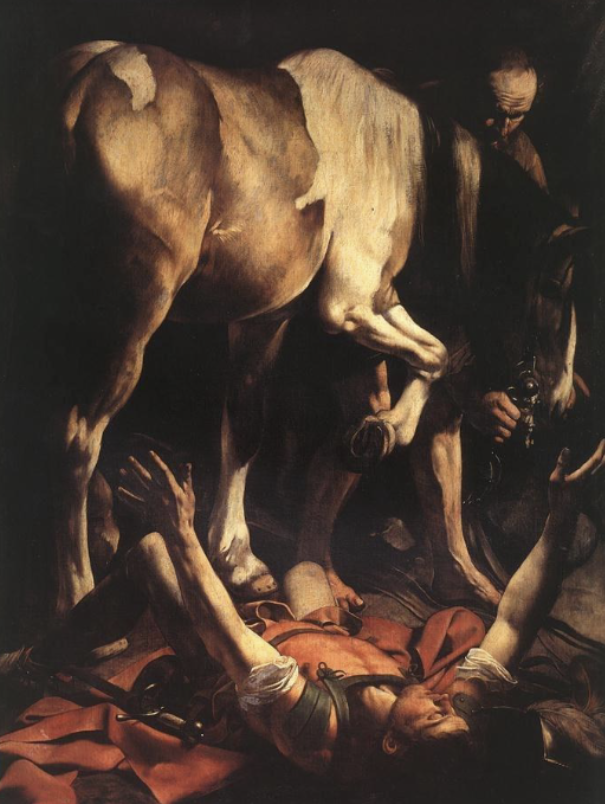
Caravaggio, Conversion of St. Paul, Cerasi Chapel, Santa Maria del Popolo, Rome, c. 1601. Oil on canvas
example of counter-reformation art in other churches in Rome. St. Paul’s faith hit him like a wave causing him to fall off his horse and his arms to be raised as if he was saying Haleigh.
Pendants
two paintings on facing walls were painted as a pair to be hung together. for example Caravaggio’s Crucifixion of St. Peter and Conversion of St. Paul in the Cerasi Chapel, Santa Maria del Popolo
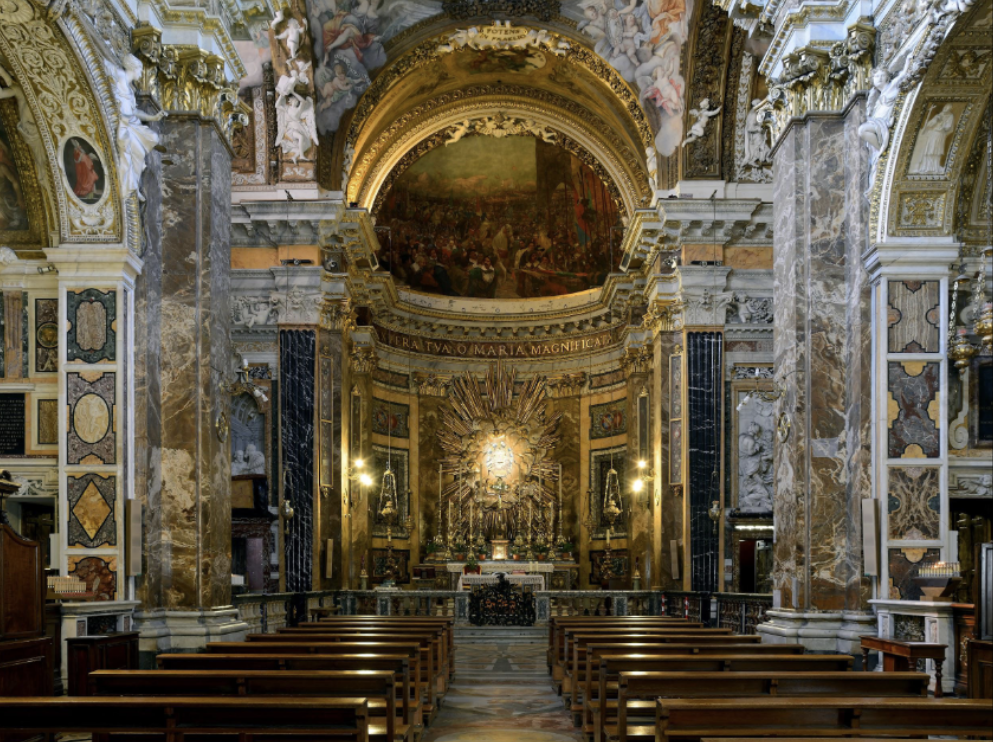
Carlo Maderno et al., Santa Maria della Vittoria (Our Lady of Victory), Rome, 1620
example of counter-reformation art in other churches in Rome. The smaller churches in Rome typically have ornate facades and undecorated exterior side walls. inside - colored marble, trope l’oeil marble, stucco angels, gilt bronze. every inch is covered in decorations. The amount of ornamentation makes for a stark contrast with the church’s exterior
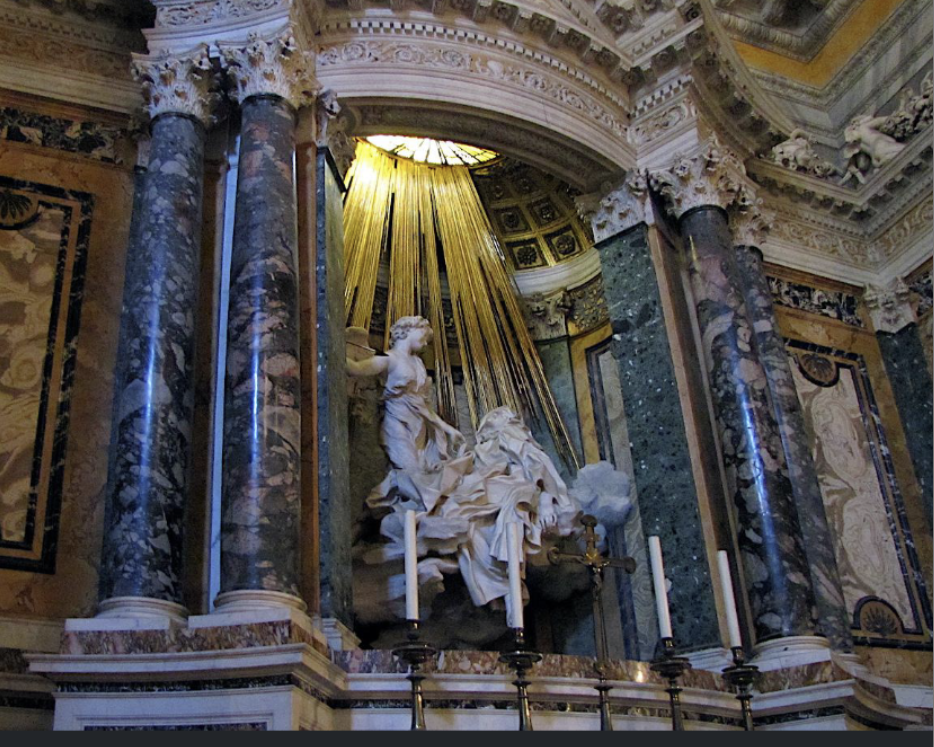
Gianlorenzo Bernini, Ecstasy of St. Teresa, Cornaro Chapel, Santa Maria della Vittoria, Rome, 1645–52
example of counter-reformation art in other churches in Rome. More “installation art” by Bernini for this parish church. You have to get close to the chapel and look up to see it has a barrel-vaulted ceiling and window in a lunette on the back wall. The barrel vault contains trompe l’oeil painting showing its ceiling opened up to the heavens. The arch contains plaster angels. there’s another window just above the sculptural group as well. depicts box seats on either side in an opera house and they are watching this miracle. oculus and gilt bronze rays symbolizing the presence of the Holy Spirit. St. Teresa of Avila’s vision that an angel came to her and pierced her heart with an arrow a confirmation of the intensity of her faith.
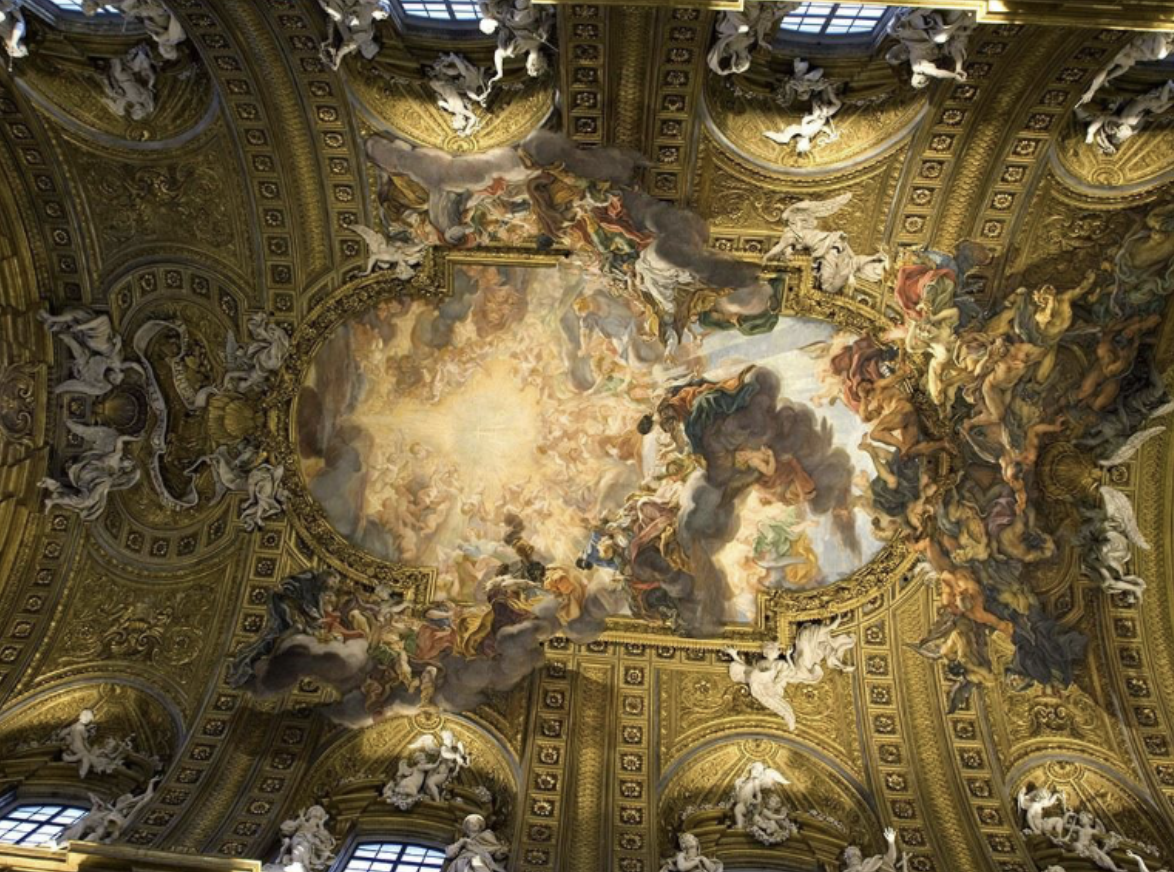
Giovanni Battista Gaulli, Triumph of the Name of Jesus & Fall of the Damned, Il Gesù, Rome, 1672–85. Fresco with stucco figures
one of the Two baroque illusionistic ceilings in churches for the Jesuit order. A work of Counter-Reformation art in a church interior that gives the illusion that the church opens to the heavens. The Catholic Church is revealing that it’s only in their houses of worship that a Christian can have this kind of access to heaven. depicts lucifer being cast out of heaven and becoming Satan.
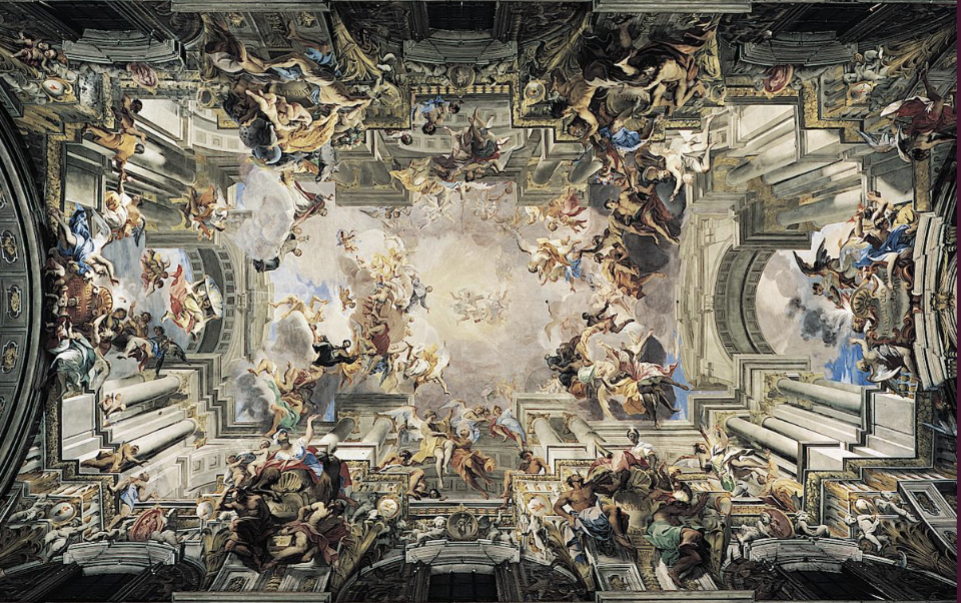
Fra Andrea Pozzo, Glorification of Saint Ignatius, Sant’Ignazio, Rome, 1691–94. Fresco
one of the Two baroque illusionistic ceilings in churches for the Jesuit order. dal sotto insu: from, below, upward.